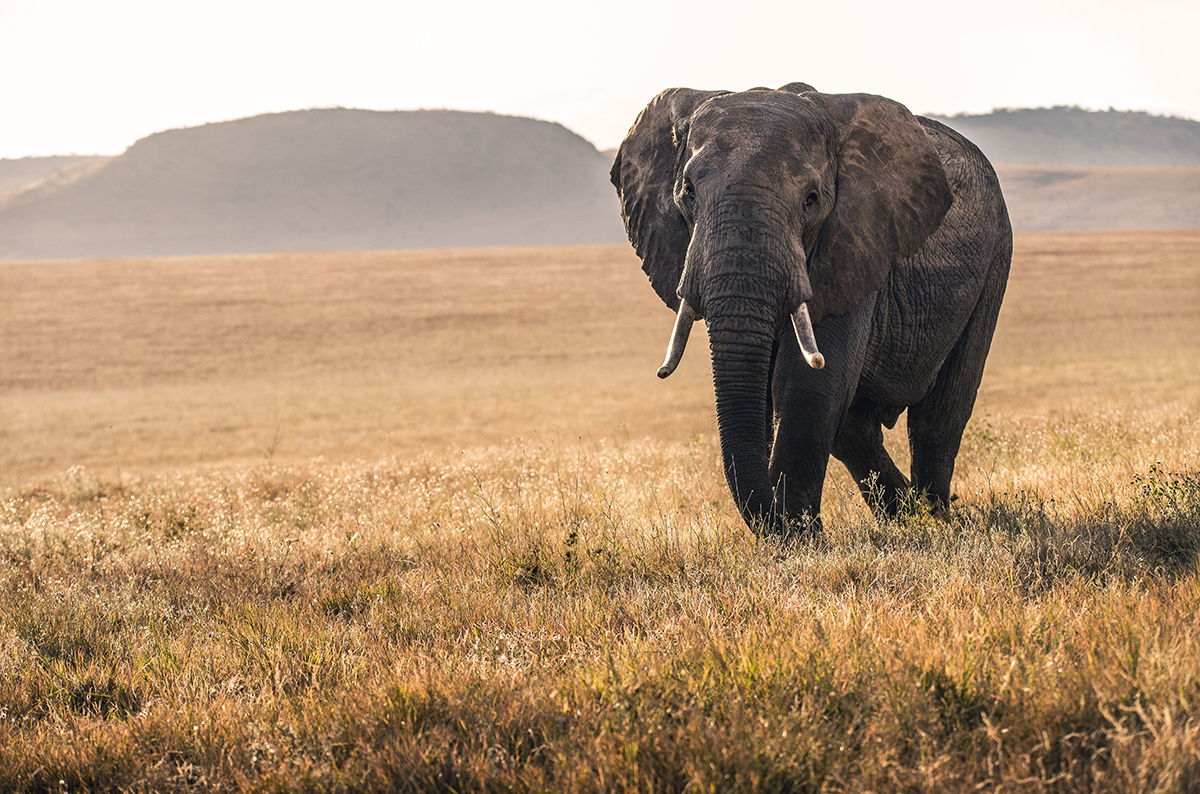
Lewa Wildlife Conservancy, Isiolo, Kenya. Image by David Clode
Philanthropists have long played a huge role in wildlife conservation, but now a more holistic approach is needed in a world where humans and nature increasingly live cheek by jowl

Andrew Shirley
Sometimes, to see the bigger picture, you have to turn things inside out. For decades, wildlife conservation, particularly in Africa, has focused on what lies within the boundaries of national parks, reserves and other protected areas, many of which owe their existence to the fortunes of benefactors and donors enthused with a passion for the environment.
But despite their efforts and the hundreds of millions, if not billions of dollars spent, the continent’s wildlife is still in a state of precipitous decline. Now, there is growing recognition that part of the solution is to be found on the other side of the hard and not-so-hard boundaries separating man from nature.
Follow LUX on Instagram: luxthemagazine
To many, the conservation battleground in Africa is a war – literally, conducted by both sides with military-grade equipment and planning – against the illegal trade in ivory and rhino horn. And wildlife isn’t the only victim. Paul Milton, founder of the Milton Group, an advisory firm to a number of ultra-high-net- worth families with a combined interest in over 1.5 million acres of conservation lands in Sub-Saharan Africa, has seen evidence of this first-hand. The story from just one community in Mozambique is harrowing. Scores of children orphaned; fathers lost while poaching or through long-term incarceration; mothers forced into prostitution to survive.
Huge sums are spent to thwart poaching, but too little on addressing the reasons that drive people to do it. Having interviewed many poachers, he says, they want just two things: food security and work. Asking someone who already spends millions on conservation to fund employment creation isn’t an easy sell, yet long term, generating local economic value offers a more sustainable means to reduce poaching.
Conservation and the hospitality industry that springs up alongside it does create jobs, but it’s not enough. Park boundaries that ten years ago were relatively devoid of habitation are now marked by informal settlements of hundreds of thousands of people – the fences of some of the world’s most iconic wild spaces are used as washing lines.
Creating buffer zones around parks is one solution, but only increases the sense of dislocation between local people and wildlife. Even the word ‘conservation’ is controversial due to its colonial undertones: high-minded thinking from afar, divorced from the daily realities of existence.
Part of the problem is that very little attention has been paid to how population growth and infrastructure development, such as new transport corridors, increasingly affect the disparate conservation zones scattered across Africa. The base data exists – the world has been comprehensively mapped from space – but nobody has thought to join the dots in Africa. A new initiative between mapping and geographic information system providers ESRI, Nasa and The Peace Parks Foundation, coordinated by Milton Group and the UN, looking at a ten-million-hectare swathe of Botswana, South Africa, Zimbabwe and Mozambique, should act as a framework for a more unified approach to conservation.
The other elephant in the room is that conservation in its current form isn’t financially sustainable over the long term. Since the financial crisis, the NGO model appears to have hit a glass ceiling and even the most deep-pocketed philanthropists don’t wish to leave money pits for future generations.
Tourism was long regarded as the answer, but alone, it is no silver bullet. At the top end of the market, the cost of providing luxuries to attract big-spending visitors to remote areas makes it difficult to generate huge profits. Further down the chain, the volume of guests on more affordable safaris can damage the flora and fauna supposedly being protected.
Read more: Introducing the new age of ink art
Well-resourced individuals and families, however, are looking at new hybrid hospitality models involving impact investment, public/private partnerships and hospitality programmes for their exclusive use. This model is particularly suited to private reserves, however most of Africa’s protected spaces are under a wider umbrella of stewardship. More innovative models are required, that may not be linked to the protection of a species, but to the wider benefits to society, such as carbon sequestration that can mitigate the speed of climate change. The payment for this ‘natural capital’ could come from companies looking to offset their own carbon emissions.
In my role as editor of The Wealth Report I’ve been lucky enough to see first-hand the amazing work being done by philanthropists in Africa, whether conserving existing wild areas or rewilding landscapes given over to agriculture. The success stories are awe-inspiring. But a new narrative is required that accommodates the needs of people as well as wildlife, one that is not imposed on the continent, but works in harmony with it.
For UHNWIs looking to get involved in conservation, there is a unique opportunity now to shape that narrative. Some advice: let your passion drive you, but don’t let it overwhelm your decision making. Work out where your efforts will have most impact; an isolated block of land may be ideal for a private reserve, but somewhere providing a corridor between existing conservation areas may offer longer-term benefits. Visit existing projects, assemble a team of experts, talk to potential partners and don’t look at wildlife in isolation, the local community is an equally important part of the equation. Finally, have a clear vision of how your project will be financed in future to protect your legacy.
Many wealthy individuals have created their fortunes by turning things inside out to create new perspectives. They still have a huge role to play in safeguarding the world’s wildlife.
The Wealth Report, a guide to prime property and wealth trends, is published by Knight Frank. knightfrank.com/wealthreport
This article was originally published in the Autumn 19 Issue.

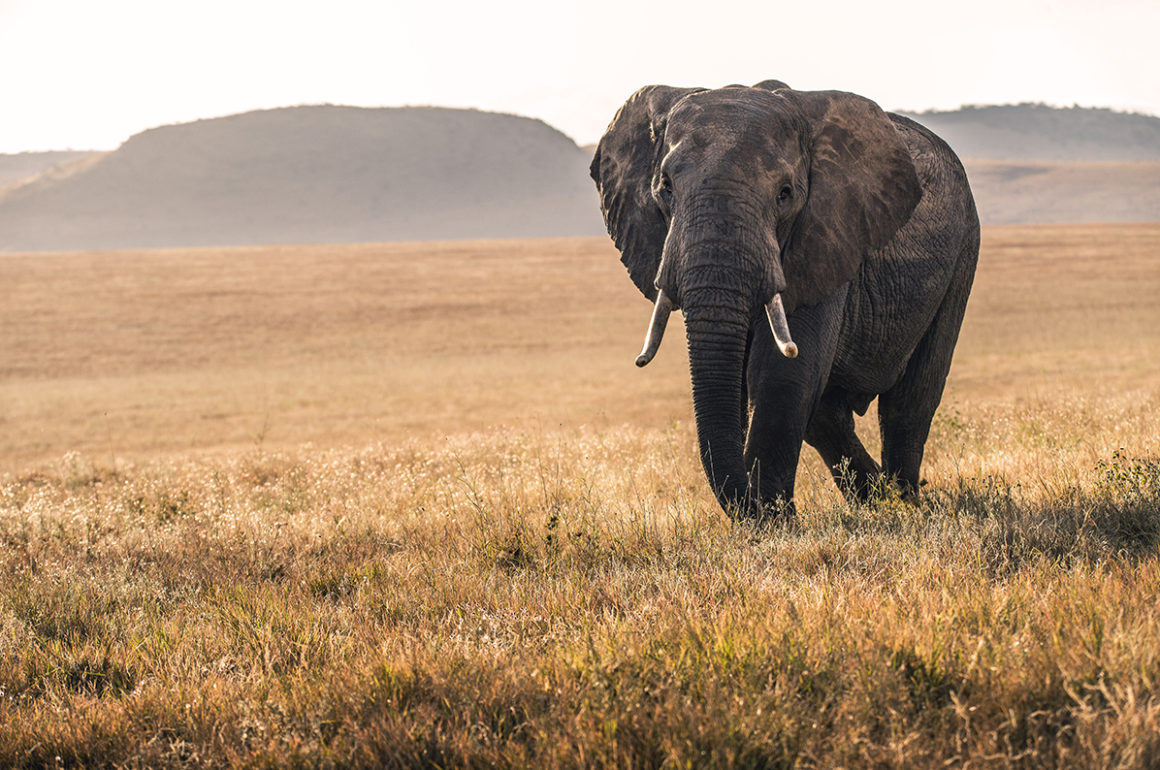
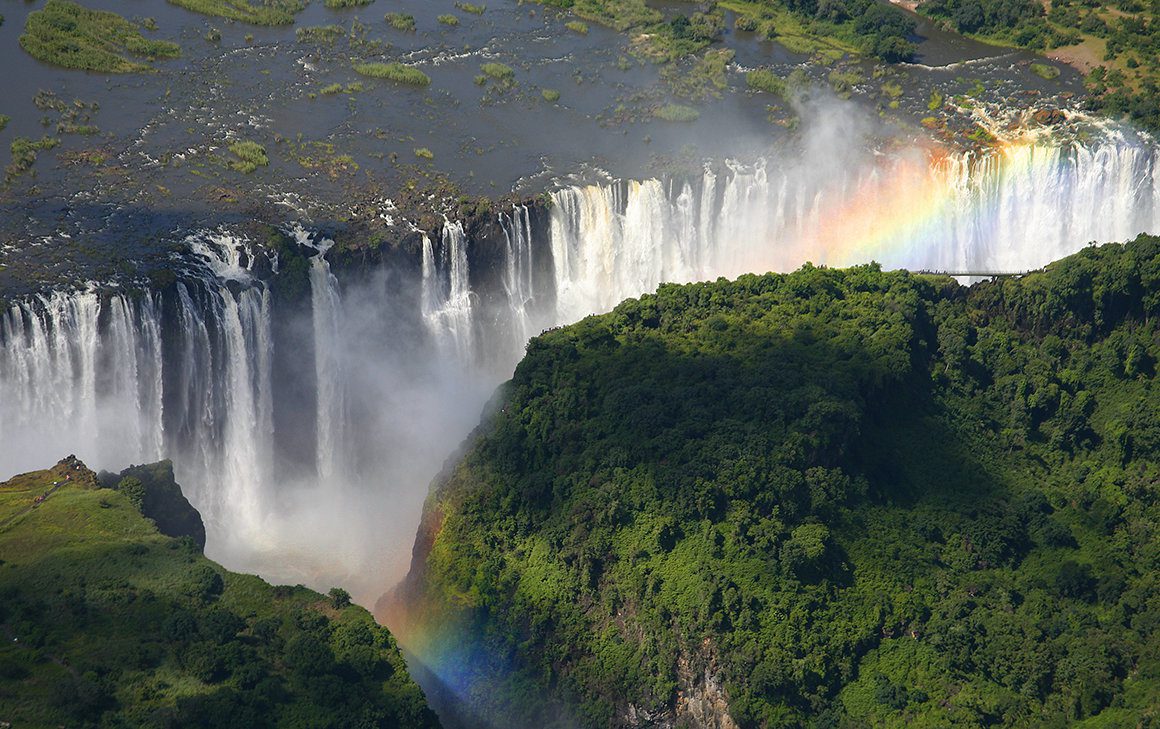
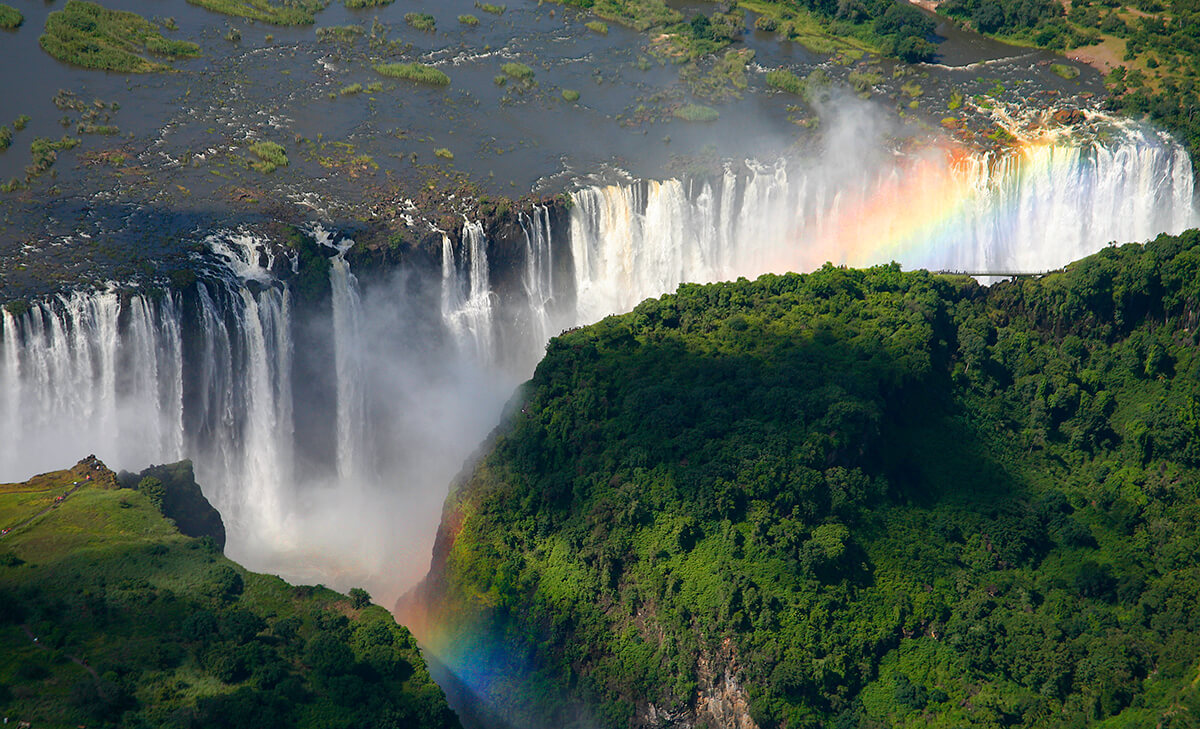
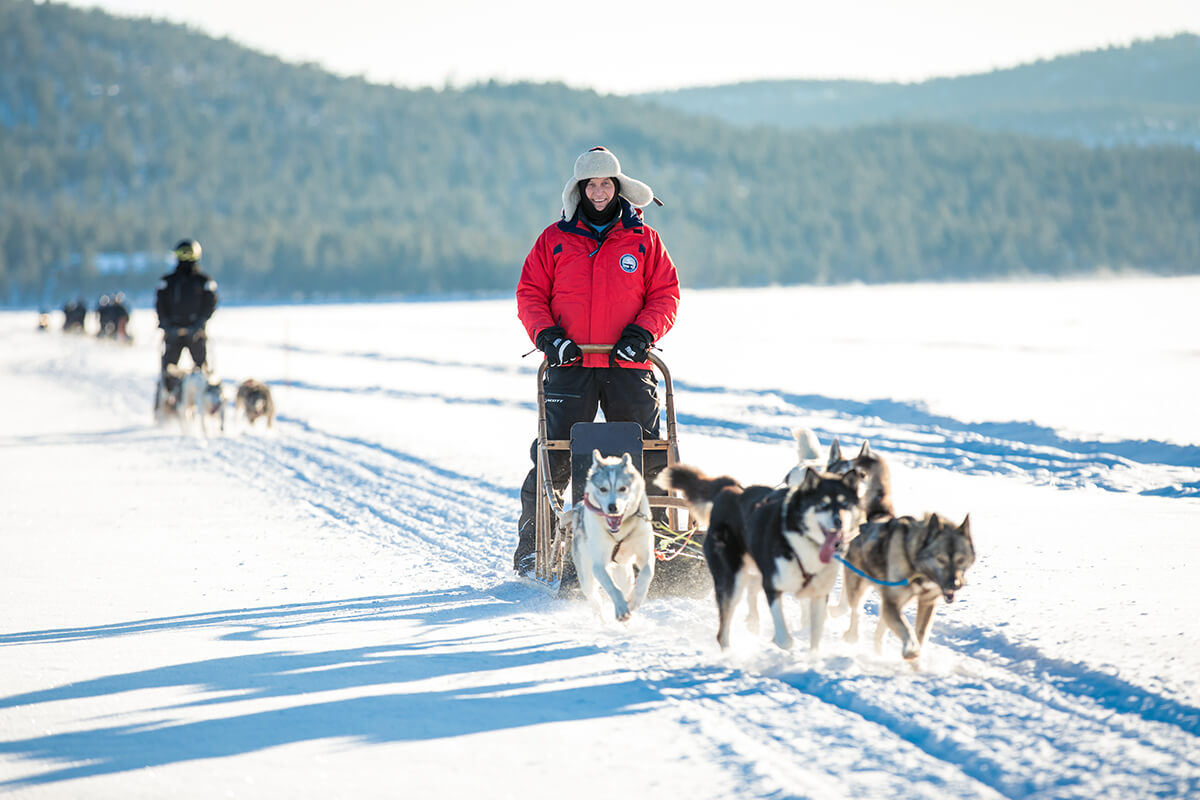
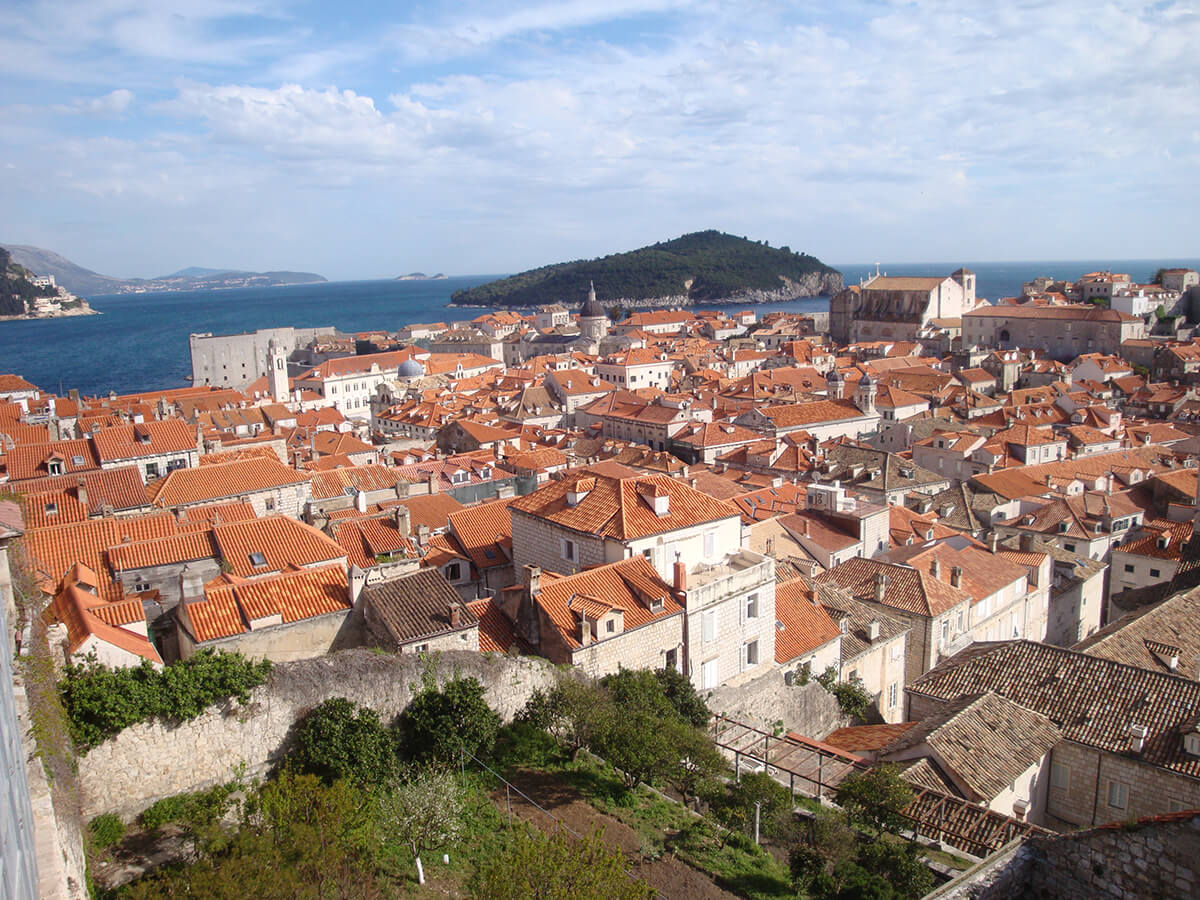
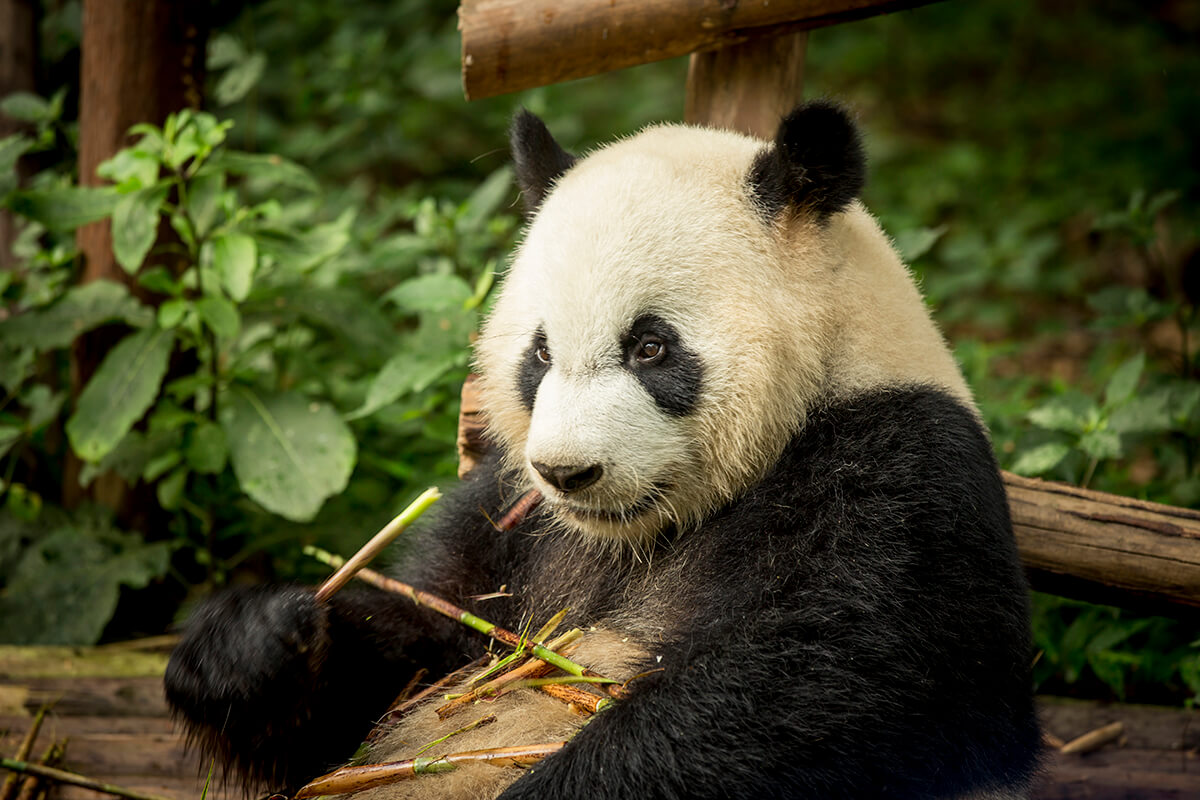
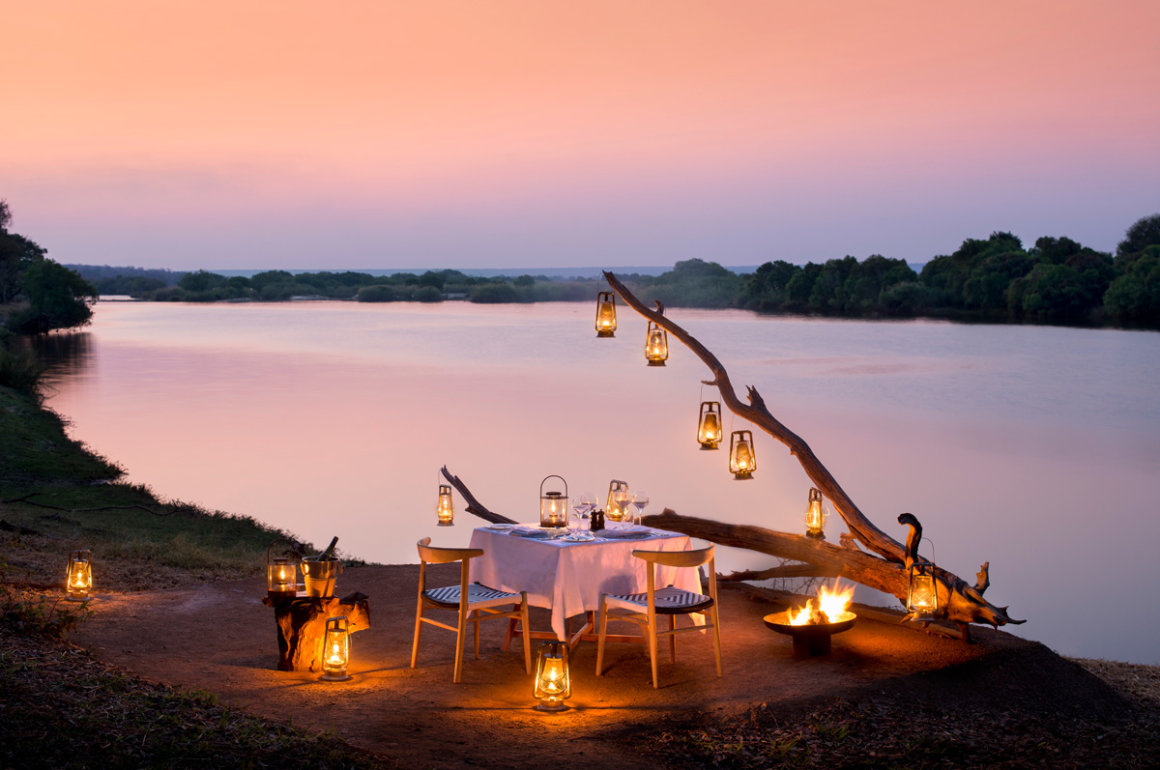
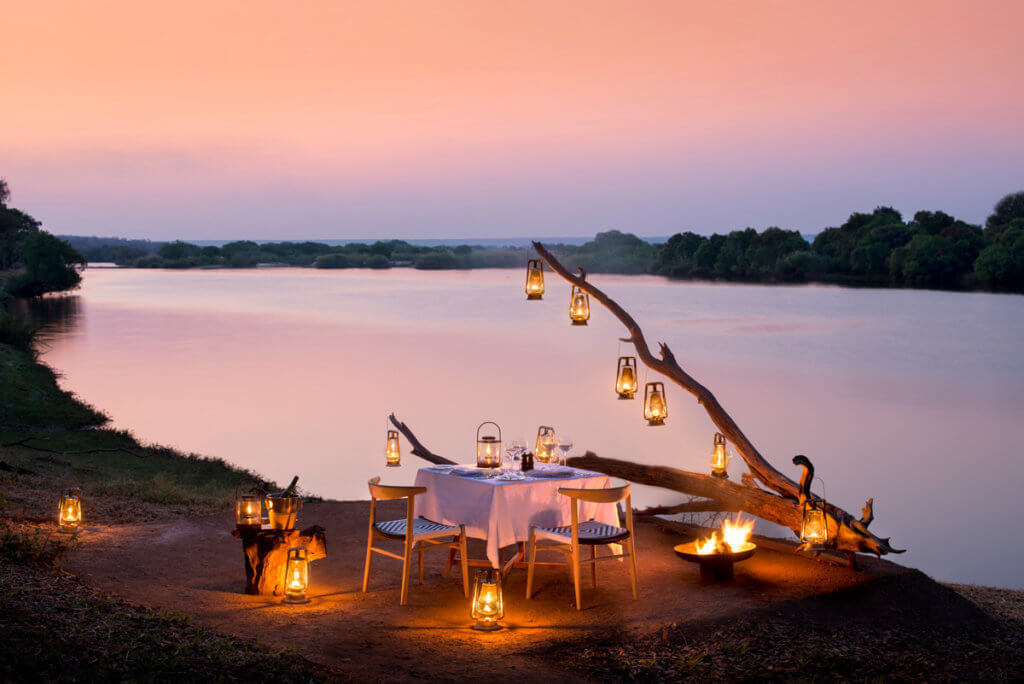
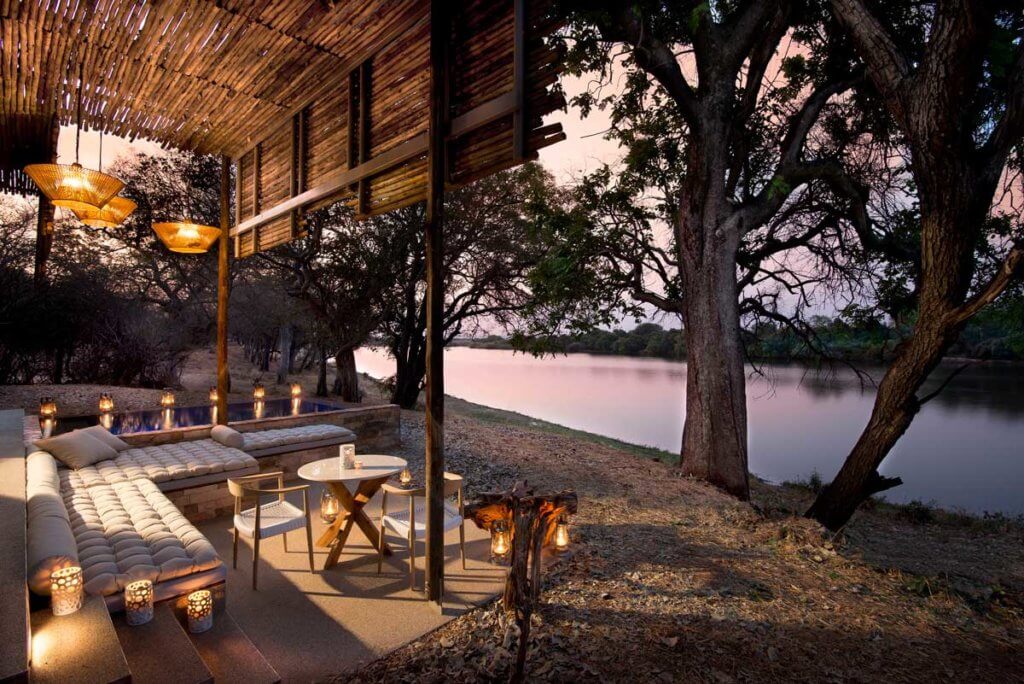
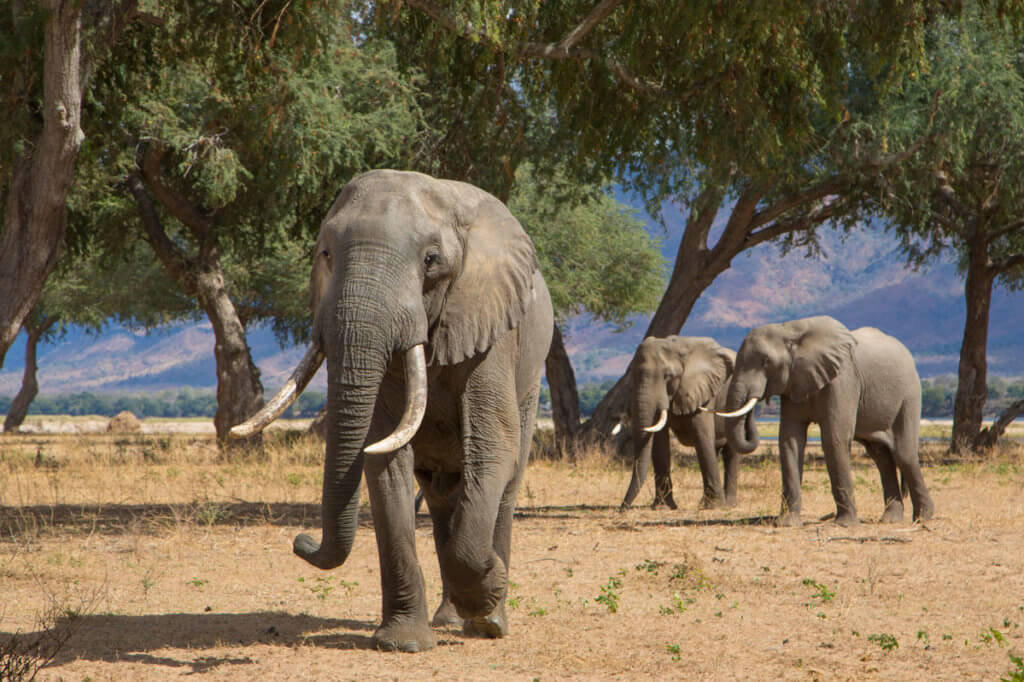
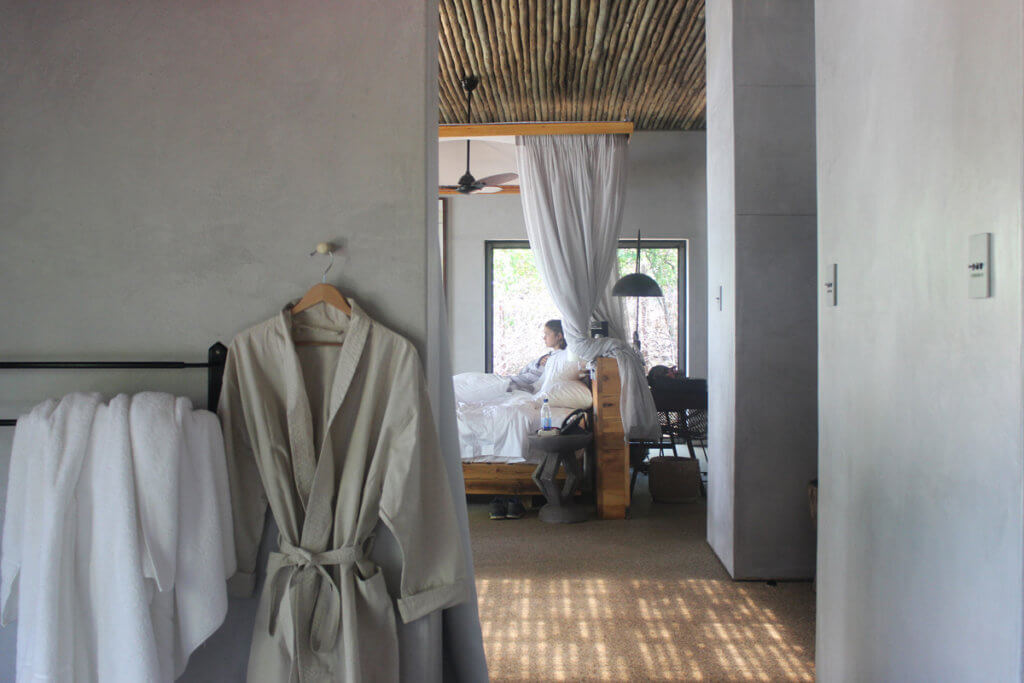
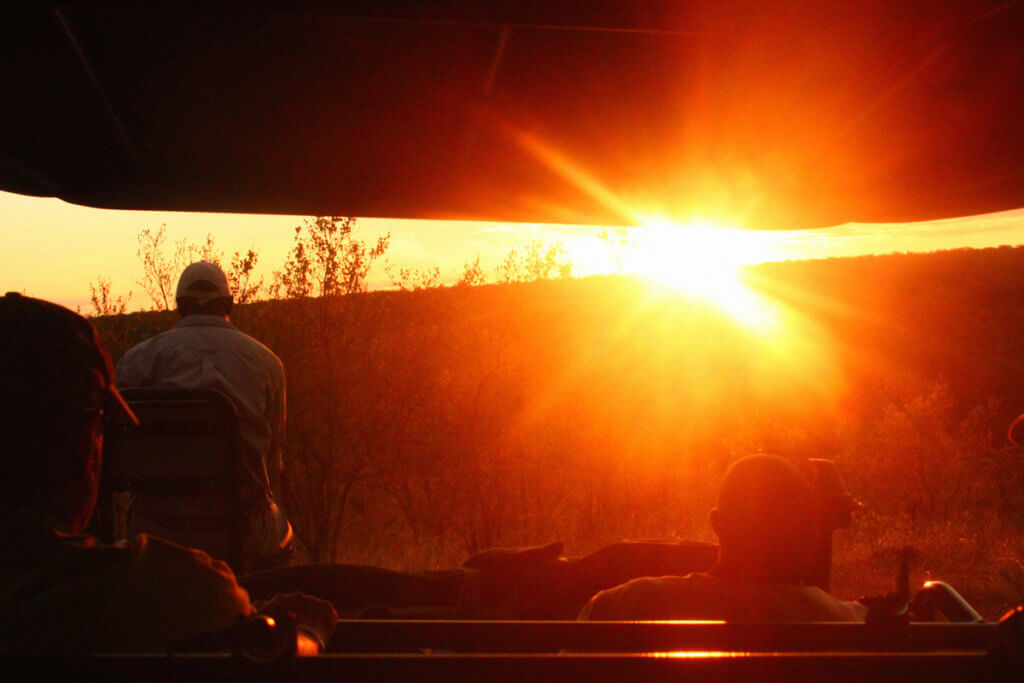




Recent Comments